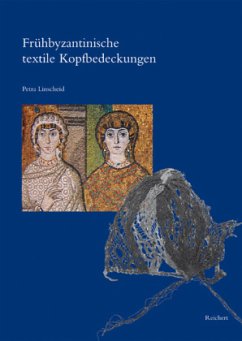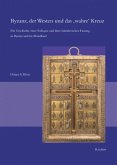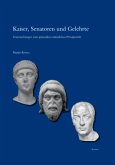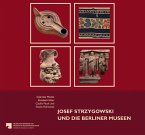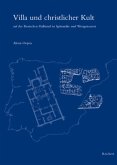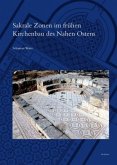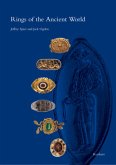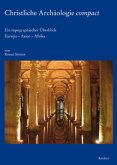The analysis of archaeological textiles in order to write their ancient cultural history is still in its infancy. This study contributes to this process by cataloging more than 600 original pieces of headwear from the late Roman and early Byzantine periods, and evaluates them in terms of their location, date, sociological context, visual and written sources, as well as their precursors and successors. The majority of the analyzed pieces have so far remained unpublished, and many are for the first time being identified and reconstructed as head coverings. The book thus provides a material basis for costume historians, textile experts, archaeologists, sociologists, art historians, philologists, and museum curators.
Hinweis: Dieser Artikel kann nur an eine deutsche Lieferadresse ausgeliefert werden.
Hinweis: Dieser Artikel kann nur an eine deutsche Lieferadresse ausgeliefert werden.
"Das schlichte und sachlich orientierte Referenzwerk Linscheids, das von einer profunden Kenntnis frühbyzantinischer Textilien zeugt, bietet für weitergehende Fragestellungen jedenfalls eine solide Grundlage. Wem die Erforschung des byzantinischen Kostüms unter realienkundlichen oder soziokulturellen Gesichtspunkten ein Anliegen ist, wird Linscheids Studie künftig gewinnbringend konsultieren. Das Besondere der Arbeit im Unterschied zu anderen Studien zum byzantinischen Kostüm8, die ausschließlich bildliche und schriftliche Quellen auswerten, ist der dezidiert archäologische und textilanalytische Ansatz Linscheids. Erlaubt doch der Einsatz komplementärer Methoden - etwa die Radiokarbon-Analyse, materialtechnische Untersuchungen an Objekten sowie die Einbeziehung von Vergleichsstücken - Aussagen über Material, Aussehen, Verbreitung und Funktion frühbyzantinischer Kopfbedeckungen, wie sie durch datierbare Textilien und auf der Basis textlicher wie bildlicher Quellen generiert werdenkönnen, maßgeblich zu substantiieren."
Von Mabi Angar M.A.
(In: Göttinger Forum für Altertumswissenschaft (GFA), http://gfa.gbv.de/dr,gfa,016,2013,r,34.pdf, 28.11.2013, 13:38.)
Von Mabi Angar M.A.
(In: Göttinger Forum für Altertumswissenschaft (GFA), http://gfa.gbv.de/dr,gfa,016,2013,r,34.pdf, 28.11.2013, 13:38.)

